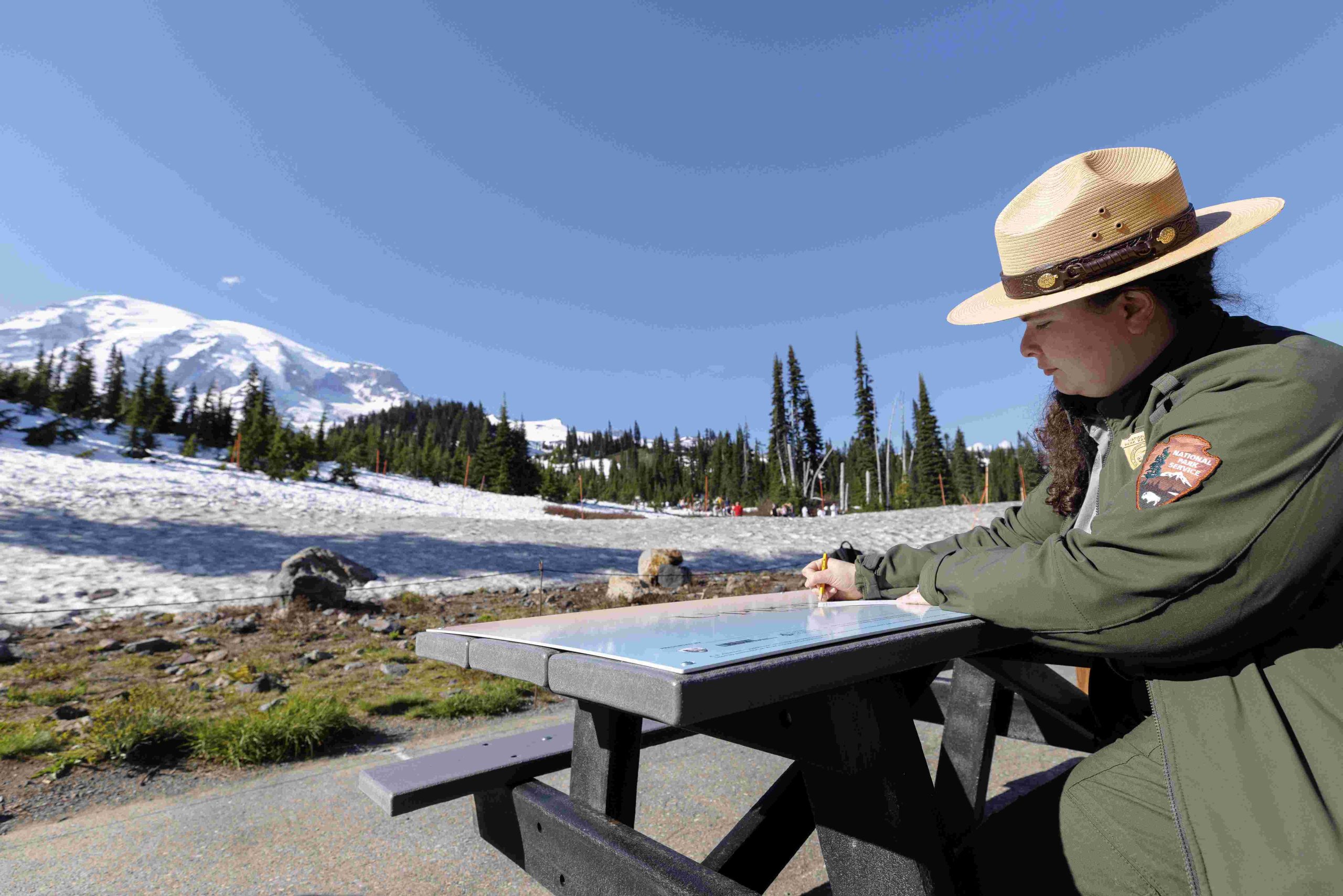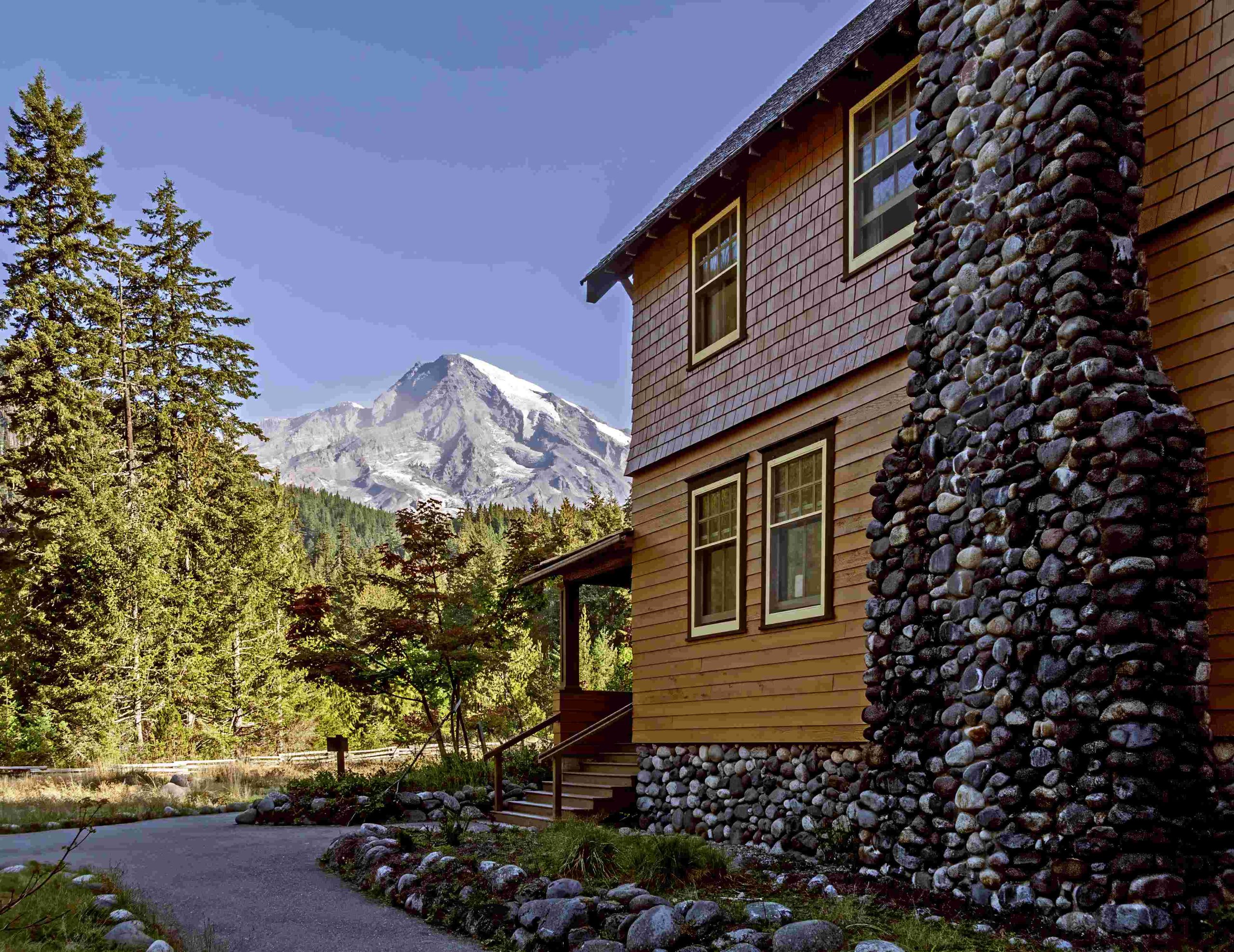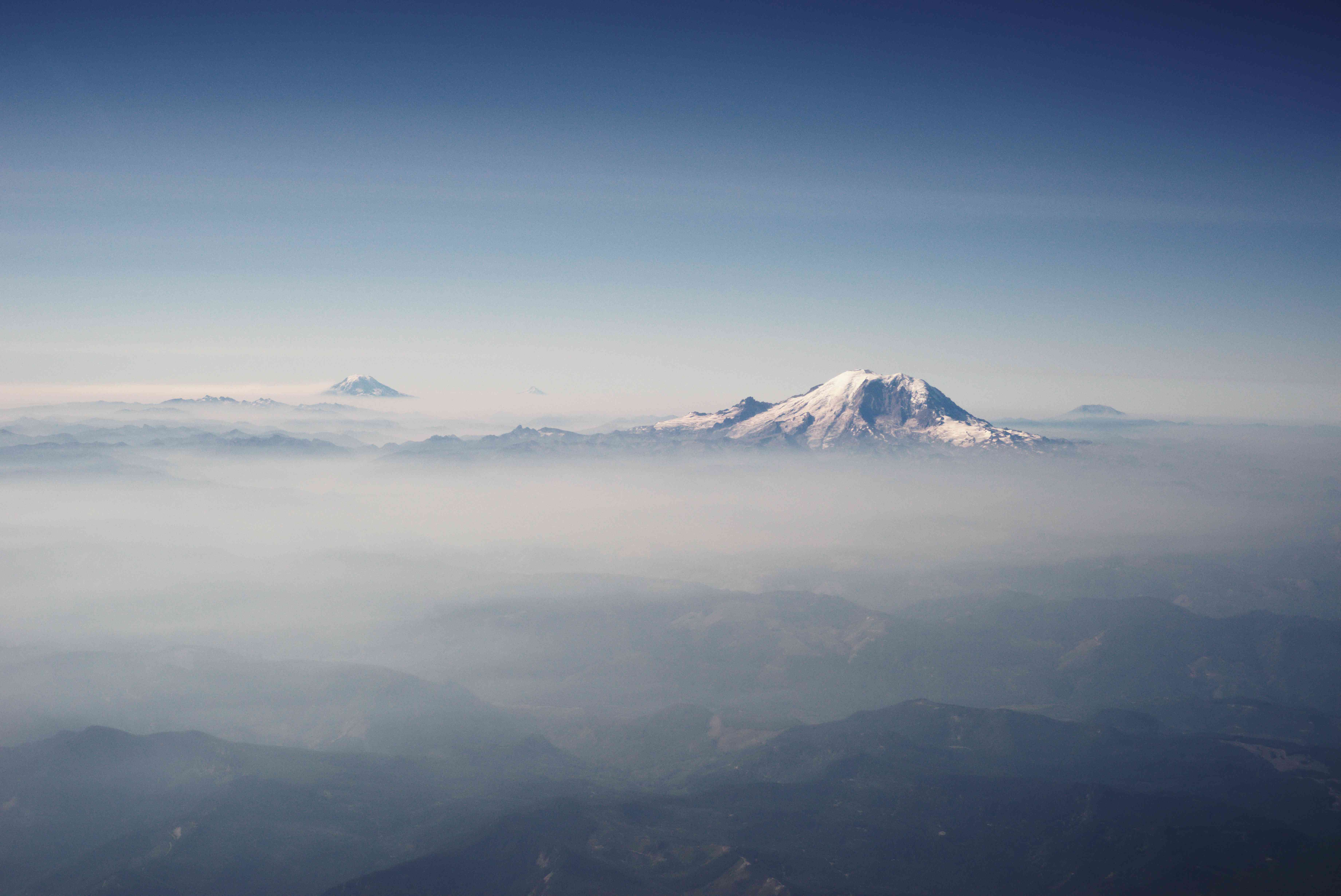Mount Rainier National Park, known for its breathtaking beauty and challenging terrain, has a significant number of missing persons cases. With at least 54 documented disappearances, the park’s rugged landscape and unpredictable weather conditions pose unique challenges for search and rescue operations. This article delves into the Mount Rainier missing persons list, exploring the demographics of those who have vanished, the specific locations where incidents occur most frequently, and the ongoing efforts to locate and prevent future disappearances.
What is the Current Status of the Mount Rainier Missing Persons List?

The Mount Rainier missing persons list currently includes at least 54 documented cases of individuals who have disappeared within the park’s boundaries. These cases span various years and involve people from different backgrounds, including hikers, climbers, and casual visitors. The list serves as a somber reminder of the park’s potential dangers and the importance of proper preparation and safety measures when exploring its terrain.
Who Are the Missing Individuals?
The demographics of those on the Mount Rainier missing persons list are diverse:
- Age Range: From young adults to seniors
- Experience Level: Novice hikers to experienced climbers
- Notable Cases:
- Matthew Bunker (28-year-old skier)
- Edwin Birch (64-year-old hiker)
- Michael Fortenberry, Nathan Lerner, and Austin Chase (all in their 30s)
Where Are the Most Common Locations for Disappearances?

Several areas within Mount Rainier National Park have been identified as hotspots for disappearances:
- Tahoma Glacier
- Multiple incidents of missing climbers
-
Tracks often found, but climbers remain unlocated
-
Liberty Ridge
- Known for treacherous terrain
-
Site of Matthew Bunker’s death and other climber disappearances
-
Wonderland Trail
-
Edwin Birch went missing between Box Canyon and White River
-
Carbon Glacier
-
Location where P.D.’s body was recovered after a climbing attempt
-
Fairfax Bridge and surrounding areas
- Cars of Michael Fortenberry, Nathan Lerner, and Austin Chase found abandoned nearby
How Do Search and Rescue Operations Function at Mount Rainier?
Search and rescue operations at Mount Rainier are complex and resource-intensive:
Frequency and Resources
- Frequency: Operations are frequent, especially during peak seasons
- Resources Utilized:
- Helicopters (NPS, family-contracted, Army)
- Ground search teams (NPS, Seattle/Tacoma Mountain Rescue, dog teams)
- Airplane searches for aerial scanning
Challenges Faced
- Weather Conditions
- Poor visibility, rain, and snow often delay searches
-
Upper elevations frequently inaccessible due to weather
-
Terrain Difficulties
- Dense forests and steep cliffs complicate ground searches
-
Avalanche and rockfall risks in certain areas
-
Response Times
- Can vary significantly due to remote locations and weather
What Are Some of the Most Puzzling Unresolved Cases?
Several cases on the Mount Rainier missing persons list remain unresolved, leaving families and investigators with unanswered questions:
- Edwin Birch (2014)
- Disappeared while hiking the Wonderland Trail
-
Extensive searches yielded no results
-
Michael Fortenberry, Nathan Lerner, and Austin Chase (2019-2020)
- All went missing within a year
- Cars found near Fairfax Bridge
- Circumstances remain unknown, with various theories proposed
These unresolved cases have led to:
– Increased emphasis on park safety measures
– Enhanced visitor awareness programs
– Advocacy for improved tracking and reporting of missing persons
How Has the Missing Persons List Impacted Park Safety?
The Mount Rainier missing persons list has had significant impacts on park safety and visitor awareness:
- Enhanced Safety Measures
- Improved signage in high-risk areas
-
Increased ranger patrols on popular trails
-
Visitor Education
- More comprehensive pre-hike briefings
-
Distribution of detailed safety information at park entrances
-
Search and Rescue Improvements
- Regular training exercises for park staff and local rescue teams
-
Investment in advanced search technologies
-
Data Collection and Analysis
- Better tracking of incident patterns
- Use of historical data to identify high-risk areas and conditions
What Can Visitors Do to Stay Safe at Mount Rainier?
To avoid becoming part of the Mount Rainier missing persons list, visitors should:
- Plan Thoroughly
- Research trails and weather conditions
-
Inform others of your itinerary
-
Carry Essential Gear
- Navigation tools (map, compass, GPS)
- Emergency shelter and first aid kit
-
Extra food and water
-
Stay on Designated Trails
-
Avoid venturing into unmarked or restricted areas
-
Be Weather-Aware
- Check forecasts regularly
-
Be prepared to turn back if conditions worsen
-
Use the Buddy System
- Avoid hiking or climbing alone
- Stay together with your group
By understanding the Mount Rainier missing persons list and the circumstances surrounding these cases, visitors can better prepare for the challenges of exploring this beautiful but potentially dangerous national park. The ongoing efforts to improve safety and search capabilities offer hope for preventing future additions to this list and potentially resolving some of the long-standing mysteries of those who have disappeared on Mount Rainier.

